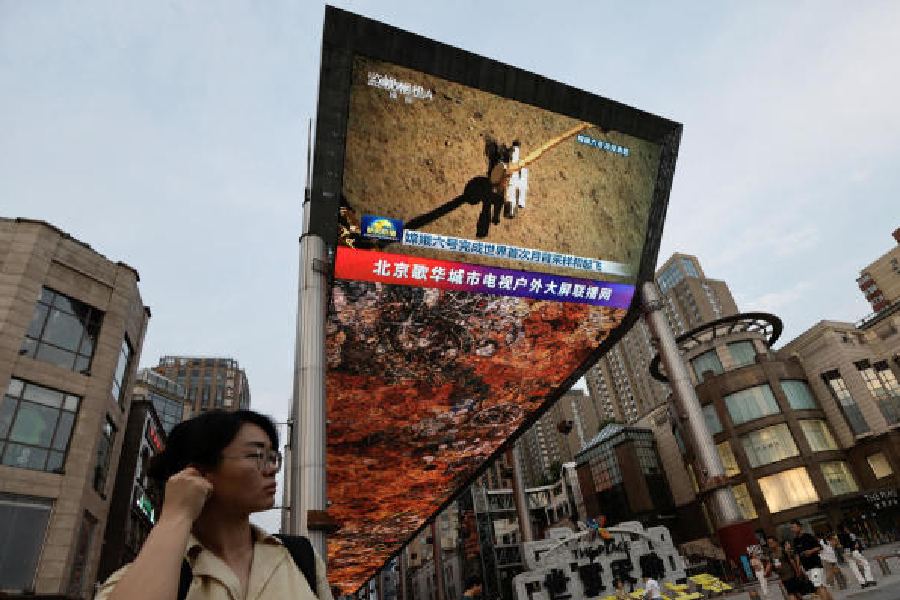China brought a capsule full of lunar soil from the far side of the moon down to Earth on Tuesday, achieving the latest success in an ambitious schedule to explore the moon and other parts of the solar system.
The sample, retrieved by the China National Space Administration’s Chang’e-6 lander after a 53-day mission, highlights China’s growing capabilities in space and notches another win in a series of lunar missions that started in 2007 and have so far been executed almost without flaw.
“Chang’e-6 is the first mission in human history to return samples from the far side of the moon,” Long Xiao, a planetary geologist at China University of Geosciences, wrote in an email. “This is a major event for scientists worldwide,” he added, and “a cause for celebration for all humanity.”
Such sentiments and the prospects of international lunar sample exchanges highlighted the hope that China’s robotic missions to the moon and Mars will serve to advance scientific understanding of the solar system. Those possibilities are contrasted by views in Washington and elsewhere that Tuesday’s achievement is the latest milestone in a 21st-century space race with geopolitical overtones.
In February, a privately operated American spacecraft landed on the moon.
Nasa is also pursuing the Artemis campaign to return Americans to the lunar surface, although its next mission, a flight by astronauts around the moon, has been delayed because of technical issues.
China, too, is looking to expand its presence on the moon, landing more robots there, and eventually human astronauts, in the years to come.
Building towards that goal, it has taken a slow and steady approach, executing a robotic lunar exploration programme it devised decades in advance. Named after the Chinese moon goddess Chang’e (pronounced “chong-uh”), the programme’s first two missions orbited the moon to photograph and map its surface.
Then came Chang’e-3, which landed on the lunar near side in 2013 and deployed a rover, Yutu-1. It was followed in 2019 by Chang’e-4, which became the first vehicle to visit the moon’s far side and put the Yutu-2 rover on the surface.
One year later, it landed Chang’e-5, which sent nearly 1.8kg of near-side lunar regolith to Earth. The achievement made China only the third country — after the US and the Soviet Union — to achieve the complex orbital choreography of collecting a sample from the moon.
According to Yuqi Qian, a lunar geologist at the University of Hong Kong, the manoeuvres of Chang’e-5 and Chang’e-6 are both test runs for China’s future crewed missions to the moon.










